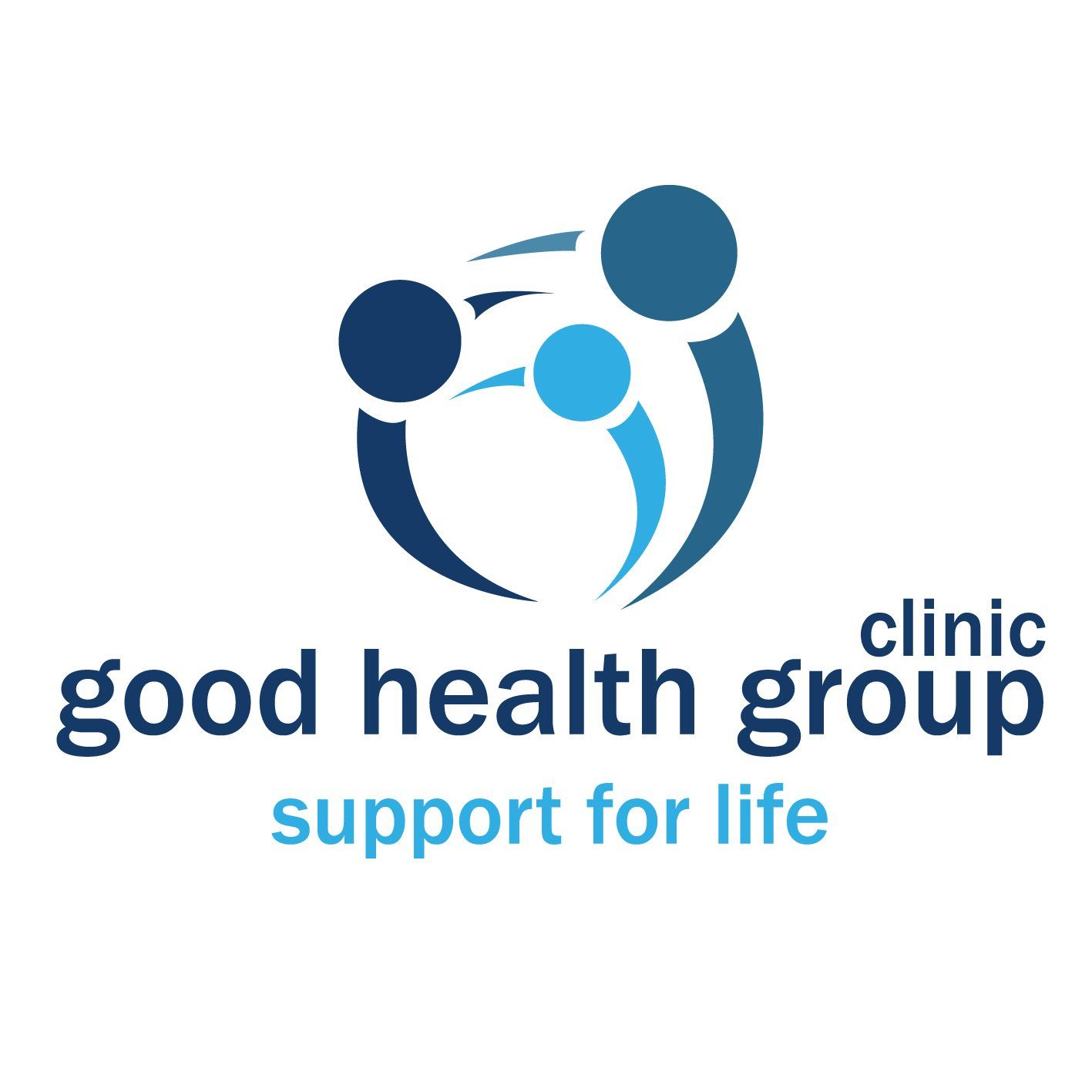Rebuilding Fitness After the Winter Break: Tips for a Strong Comeback
As winter fades away, it's natural to want to jump back into your fitness routine. However, taking the right approach after a seasonal break is essential to prevent injury and regain strength. Whether you're getting back into workouts after a short hiatus or tackling a more extended break, here's a guide to rebuilding fitness safely and effectively—plus, how massage therapy can assist in your recovery.
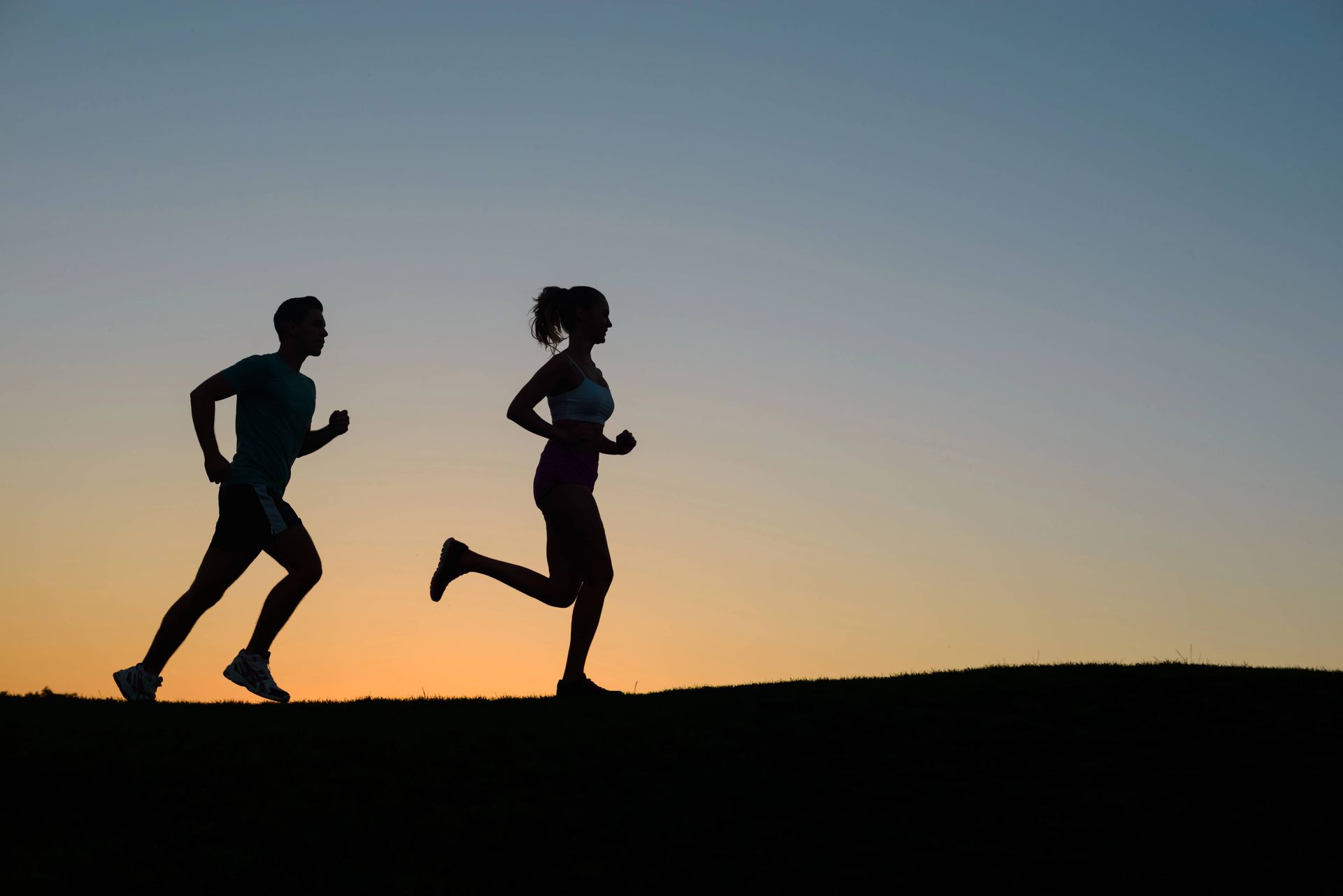
Start Slow and Steady
Avoid the temptation to dive right into your old routine. Your body needs time to adjust after time off. Start with lighter exercises, and consider reducing your workout intensity or duration by 10-20% for each week of inactivity. This gradual approach helps ease back into the routine while preventing injury. Complement your slow return with a sports massage to alleviate any tension and promote muscle relaxation.
Tip: Light cardio, bodyweight exercises, or shorter strength sessions are great ways to start. Consider scheduling a deep tissue massage to relieve muscle tightness and enhance flexibility as you restart.
Stay Consistent
When rebuilding fitness, consistency is more important than long, intense sessions. Even short, daily activities like "exercise snacks" can boost cardiovascular fitness. Try incorporating small bursts of activity throughout the day—taking the stairs, walking during lunch breaks, or doing quick bodyweight circuits. Building this daily habit is key to regaining strength and endurance.
Tip: Staying consistent with short workouts helps maintain cardiovascular health and build a solid fitness recovery foundation. Adding regular massage sessions can improve circulation and reduce muscle fatigue.
Muscle Memory and Recovery
The good news? Your body holds onto "muscle memory," meaning you'll regain strength faster than when you first started exercising. That said, make sure to give your muscles enough rest between strength sessions for proper recovery. Delayed onset muscle soreness (DOMS) is a natural part of the process and indicates that your muscles are adapting to the workload.
Including remedial massage in your recovery plan can accelerate muscle repair and reduce DOMS, making it easier for you to stick to your fitness plan.
Remember: Rest is just as important as the workout itself. Adequate recovery time, paired with therapeutic massage, can prevent burnout and support muscle regeneration.
Focus on Balance and Coordination
After a break, your balance and coordination may feel off. Incorporate exercises that focus on these aspects to help regain stability and flexibility. Yoga, Pilates, and functional exercises can improve your balance while gently working on strength. Post-workout, a massage for flexibility can enhance joint mobility and balance, mainly when focusing on coordination and muscle control.
Tip- Exercises like yoga and Pilates support flexibility, strength, and coordination for a well-rounded fitness recovery plan. Adding massage therapy to your routine can keep muscles relaxed and prevent stiffness.
Stay Active During Breaks
If you know you'll have future breaks, try to stay active even with lighter activities. Walking, swimming, or gentle stretching can help maintain your fitness level and make it easier to get back into your routine when the time comes. By staying engaged, you'll avoid starting from scratch.
During these breaks, incorporating relaxation massages can also help reduce stress levels and maintain muscle elasticity, making it easier to jump back into fitness.
Ready to Restart Your Fitness Journey?
Rebuilding fitness after a winter break requires patience and consistency. Start slow, focus on balance and flexibility, and gradually increase your workout intensity. With a steady approach and the added benefits of massage therapy, you'll find yourself back in peak condition in no time.
At Good Health Group Clinic, we're here to support your fitness journey. Whether you're seeking personalized advice, a safe workout plan, or recovery assistance through massage and myotherapy, our team is ready to help. Reach out today, and let's work together to get you back to feeling your best!
Blogs
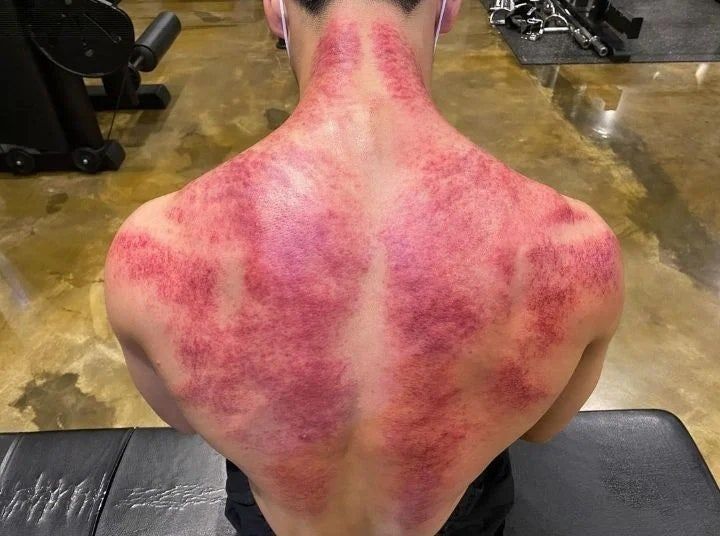
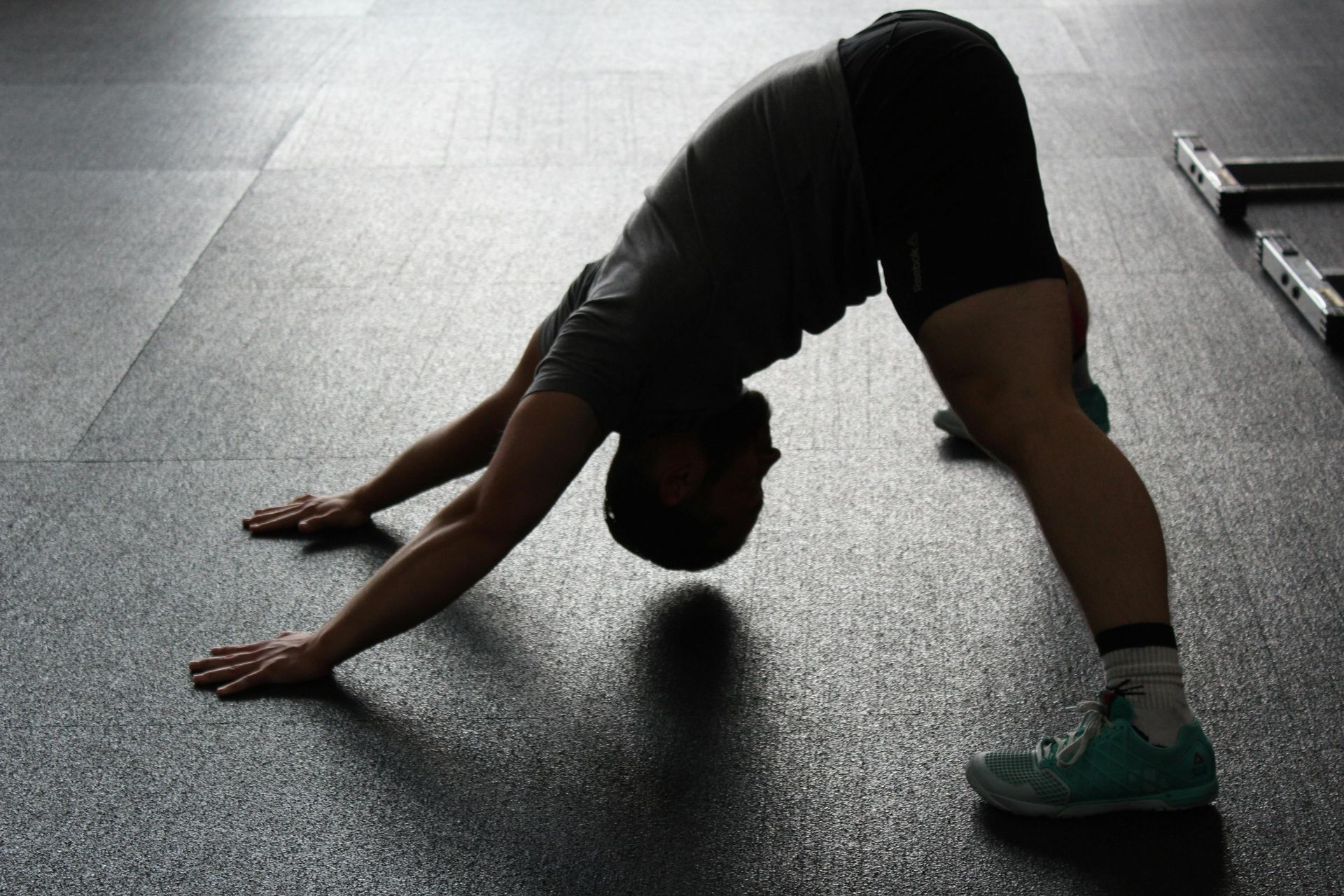

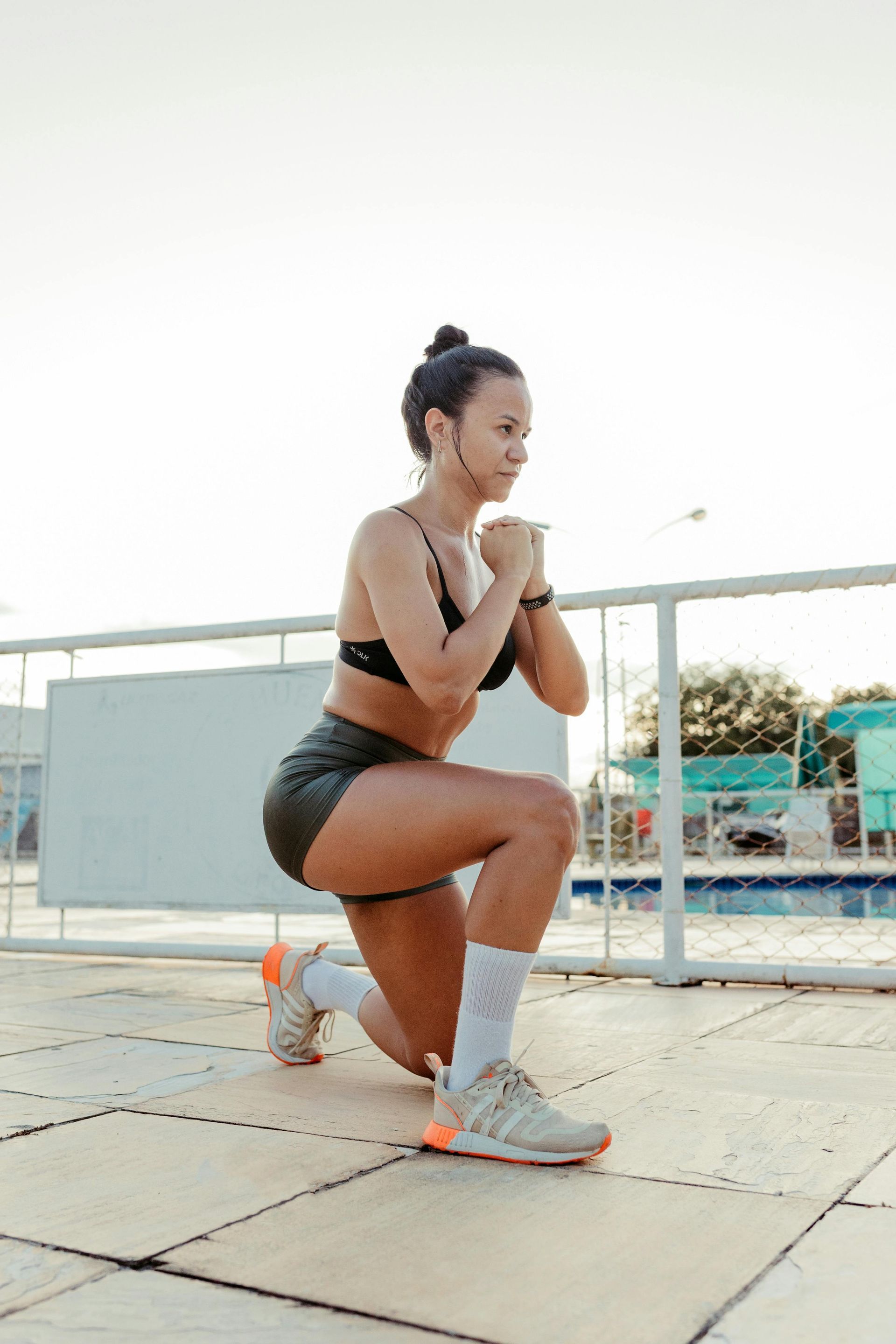

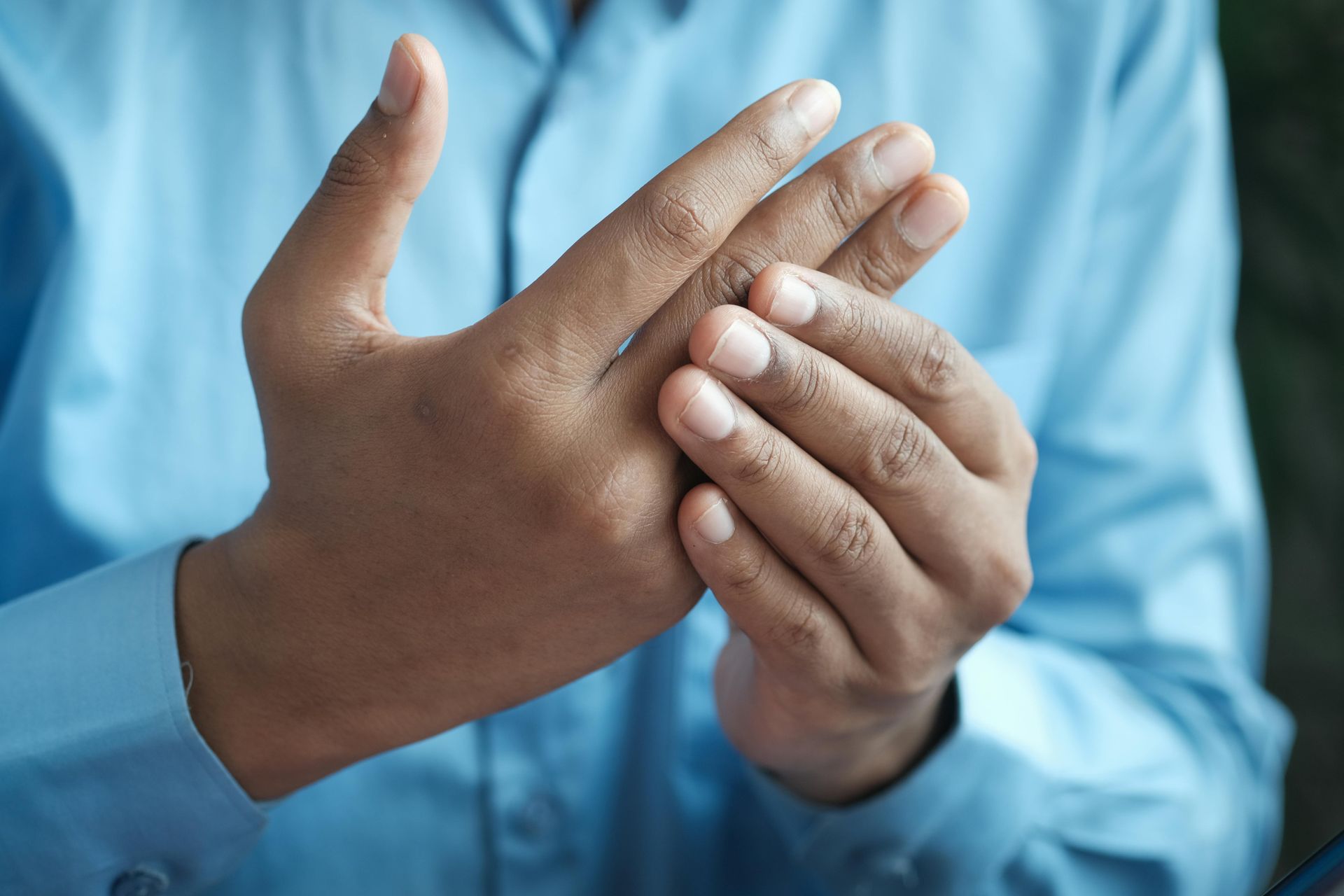

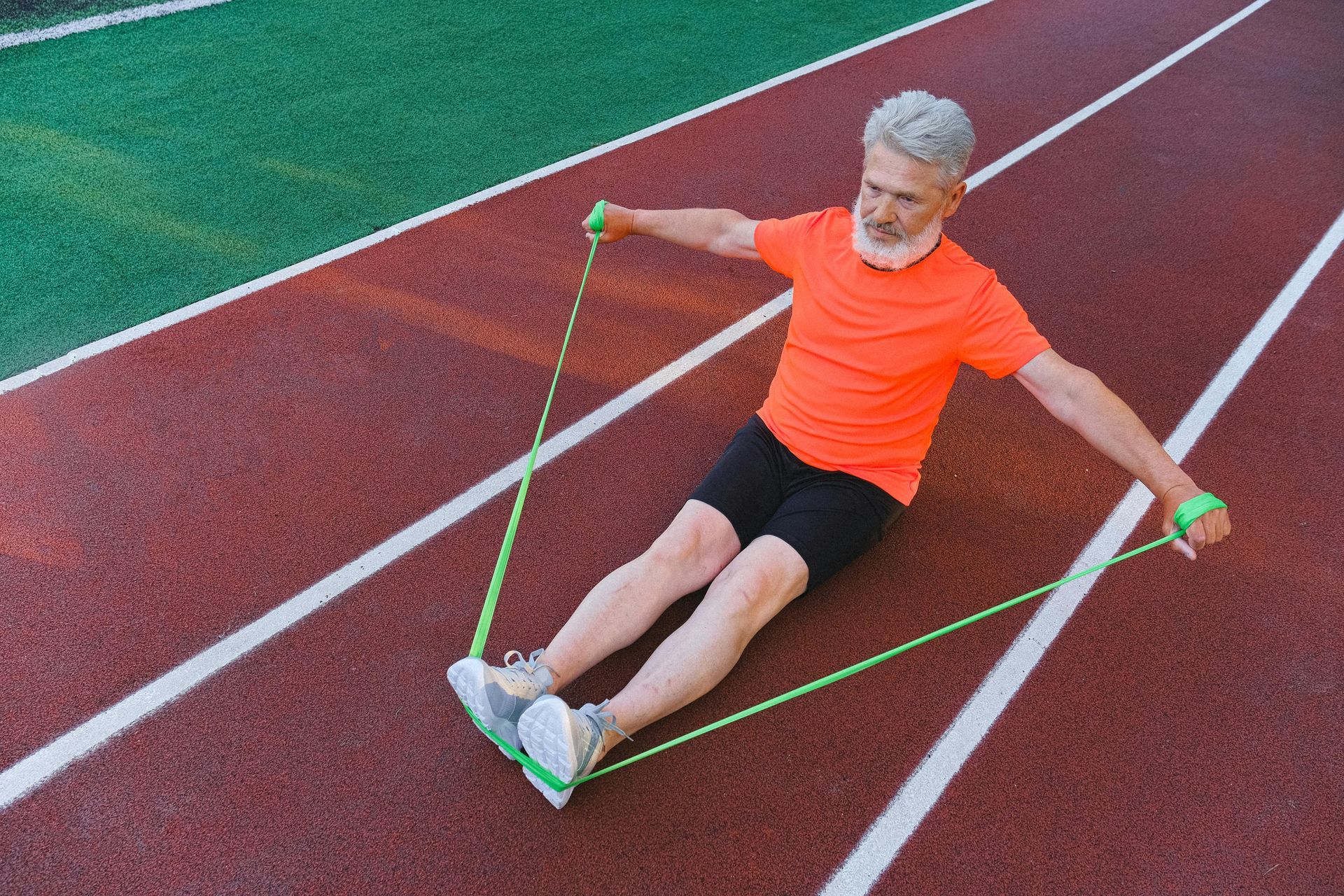
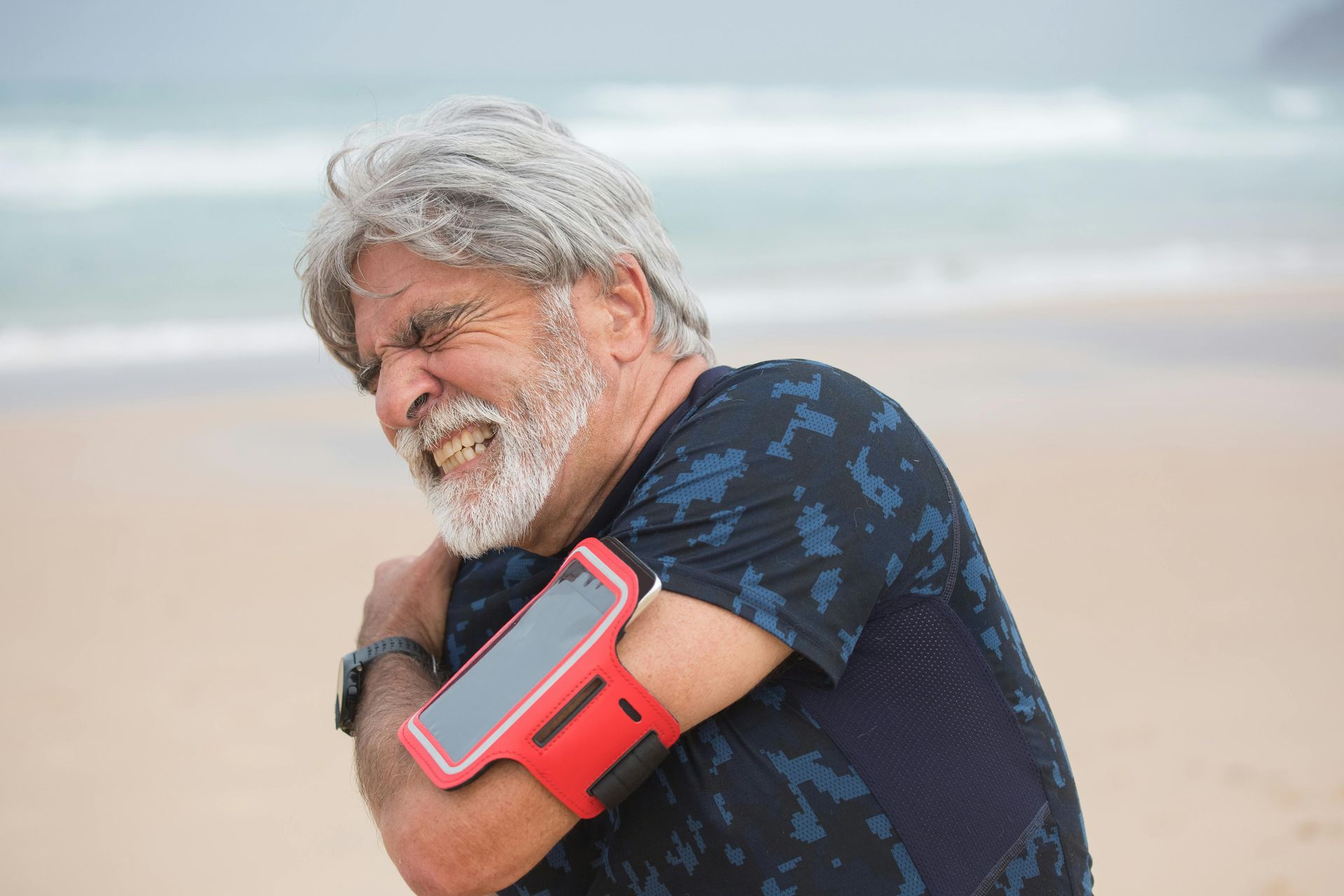
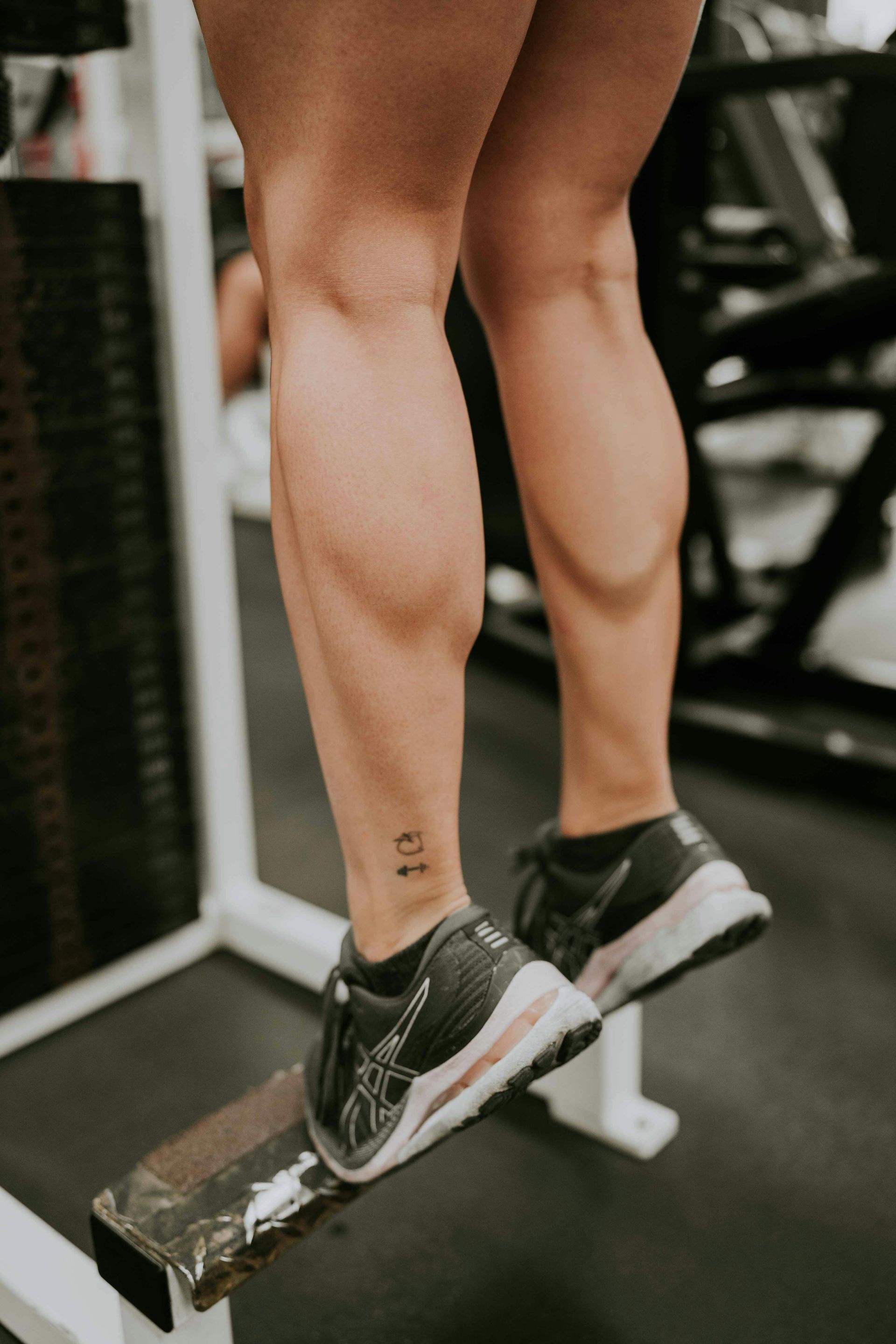
At Good Health Group Clinic, we empower your holistic well-being through personalized, integrative care. Join us on the journey to a healthier, more vibrant life. Contact us today to start transforming your health.
Contact Us
Call us at -03 9505 0595
Email us at - info@ghgc.com.au
333 Nepean Hwy Brighton East VIC 3187
(Mon-Fri 9am-8pm, Sat-Sun 10am-6pm)
